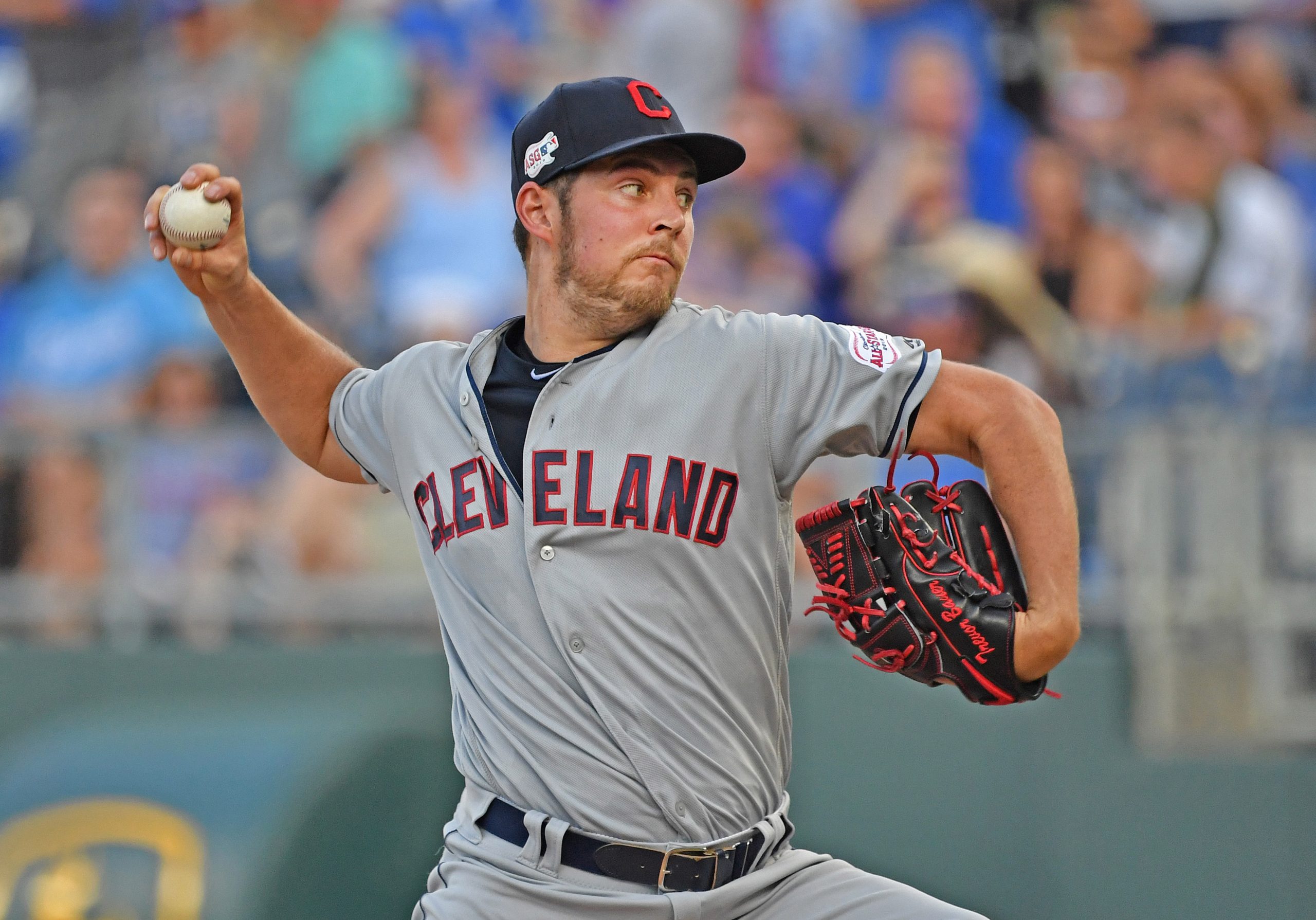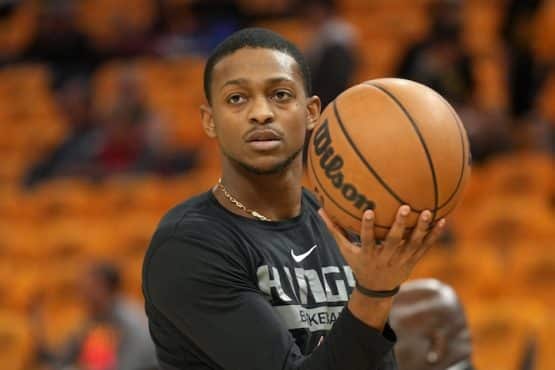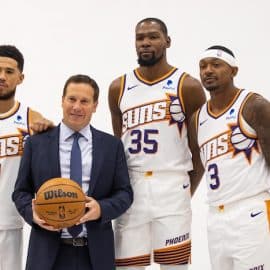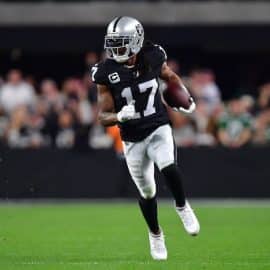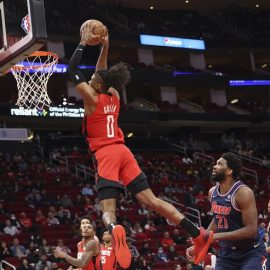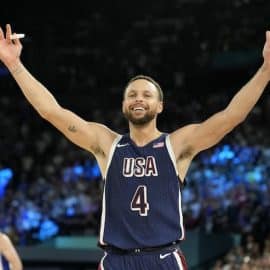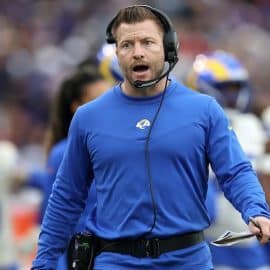Dylan Bundy, BAL
Homer Bailey, KCR
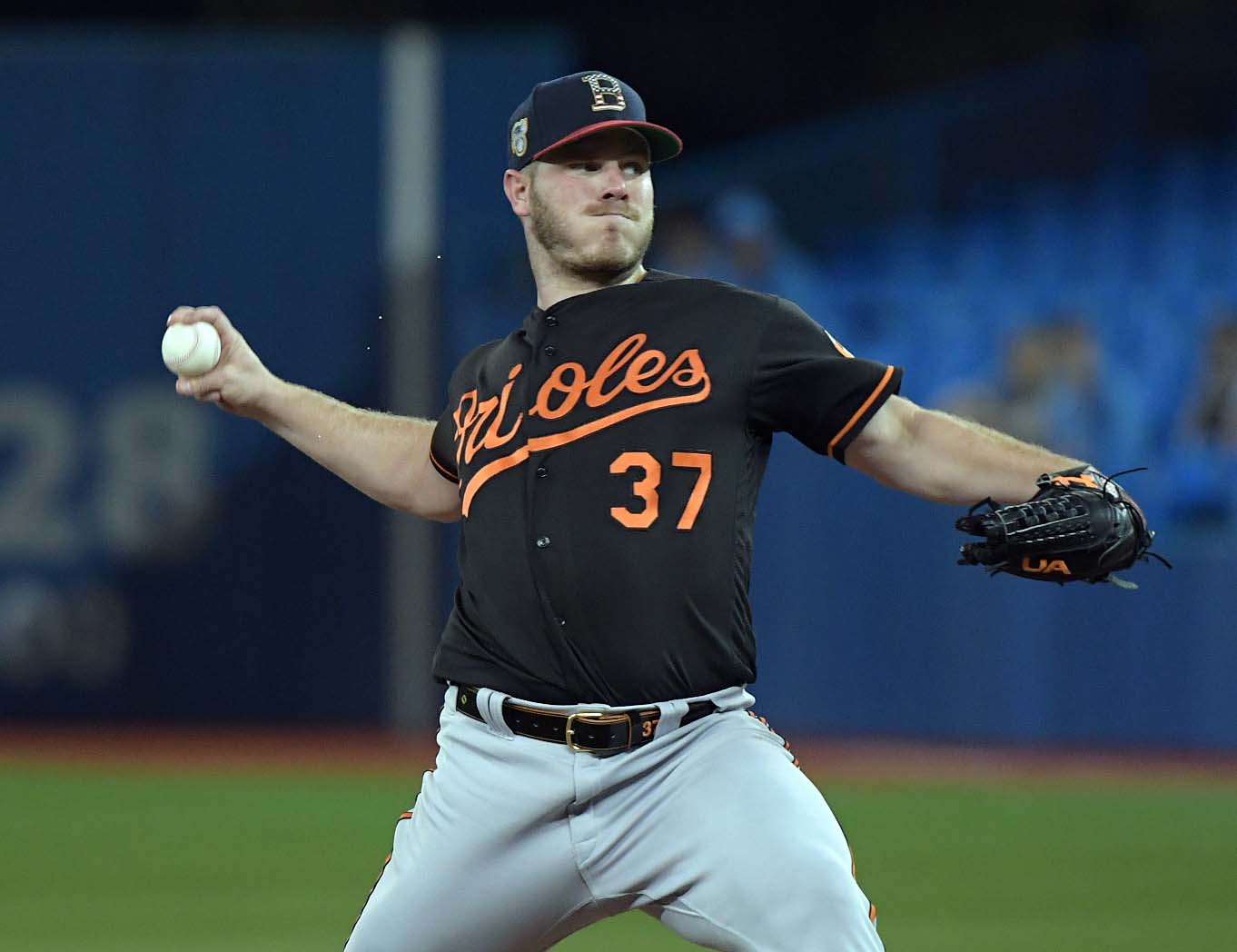
This is another group pairing, but this time for a very different reason. While the other two from before were considered top-of-the-rotation pieces, Bundy and Bailey have been made laughing stocks in the past for their performances. These two wouldn’t really be much of an upgrade over anybody Philadelphia has in their rotation, and you certainly wouldn’t want either starting a do-or-die playoff game. But they still make it onto the radar as a result of Arrieta’s injury. If they want to have Arrieta go on the IL and get healthy for 2020, Bundy and Bailey both represent cheap options to eat up his innings in a better way than Cole Irvin or Enyel De Los Santos would have.
It has felt as if Dylan Bundy has been in the majors for a decade, yet in reality, he is the younger option here. The 26-year-old has two more full seasons of arbitration past this season. While that control will make him more valuable, the Phillies wouldn’t necessarily be on the lookout for that for a pitcher like Bundy, who doesn’t appear to even be a long-term option in the hitter-friendly confines in Baltimore. As a former top draft pick, Bundy was seen as a high upside arm, but years of not improving and his stuff taking a major hit has led to Bundy’s role as a back-of-the-rotation arm.
Averaging not even five and a half innings per start, Bundy has had an ERA at 4.65, and xFIP at 4.73, and a 5.52 DRA. If he can keep preventing fewer than 5 runs every 9 innings, he prevents a nice filler for the Phillies. Bundy is striking over 24% of batters for the 2nd straight season, not necessarily struggling with walks, but his big problem is with the long-ball (1.98 HR/9). While the Phillies as a whole have been trying to give up fewer homers, getting him out of a park in which over 20% of flyballs against him go over the fence should help. Considering his barrel rate allowed is merely just a bit higher than MLR average at 7.3%, it seems like these homers should come back down to Earth eventually.
While his ERA isn’t the worst, his xwOBA is still outperforming his wOBA by .031, which points to some bad luck in the end. So he could fill-in as a better-the-replacement-level pitcher for now, but he is younger and has control, so what are he chances in the future compared to the other arms the Phillies have? As he is pretty similar to the others in terms of age, plus a high-strikeout but high-homer profile, I think there’s actually a chance he does show more promise. While the Orioles have fallen prey to believing in Bundy’s upside for too long, it still is there. This season Bundy increased the usage of his changeup, which has proven successful. Not only does the offspeed pitch prevent some homers, allowing an average launch angle of -1, but its SwStr% has been 17.9%, one of his best pitches. Coupled with a plus slider which still misses bats, Bundy has two very good breaking pitches, and if he can move towards those two a lot more, he can have a better future. Bundy ranks 12th in lowest O-Contact%, next to names such as Patrick Corbin and Charlie Morton, and with an increasing percentage of pitches being thrown out of the zone and slowly improving percentage of pitches out of the zone being swung at, Bundy is showing that he is still improving and can miss a lot of bats.
If you don’t believe Bundy would also be a long-term option and want an arm even cheaper, look towards Kansas City’s veteran Homer Bailey. After being released from what is not commonly thought of as a bad contract, Bailey signed cheap for a one-year deal with the Royals. While not really eating a ton of innings (90 IP in 18 games, or 5 a game), Bailey has done a solid enough job to stay in the rotation and extend his career. As of the All-Star Break, the righty is posting a 4.80 ERA, 4.47 FIP, 4.61 xFIP, and 4.85 SIERA. Some regression from previous tough luck and an increased K rate has helped bring his ERA back down from unplayable numbers. It still does present a problem for him to stay healthy and his average exit velocity allowed has increased yet again, but Bailey seems at least better than replacement level. His barrel percentage is around average, his first-pitch strike percentage is high at 64%, and he’s missing more bats in the zone thanks to essentially dropping his sinker and increasing usage in a splitter. That splitter has missed bats and generated weak contact throughout his career.
Bailey and Bundy both appear as if they should be able to hold onto sub-5 ERAs for the rest of the season, at least they are more likely to than the Phillies other options in the minors. While it doesn’t look as if Arrieta will go on the IL yet, but a move for either these arms would provide them with even better reasoning to rest up Arrieta for 2020.
Mike Leake, SEA
The Mariners have stripped their team down of essentially every veteran other than Leake up to this point. So of course, the right-hander will find himself on the trade market as the Mariners continue to prepare for the future. Leake actually has a significant contract, but the Cardinals are still paying off a lot of it so the dollar amount will not become a major issue for any team attempting to swing a deal for him. Right now Leake’s deal has about $15 million for every season (although Seattle could cover some of that to drive up the prospect return) and has one and a half guaranteed seasons, with 2021 carrying a mutual option. Leake also has a full no-trade clause, so any deal would have to be approved by him.
The 31-year-old has shown himself to be a very consistent middle of the rotation durable starter over his full career. He has never amazed, and K/9 rate has never risen to even 7 strikeouts. He doesn’t allow many walks, he goes deep into games, and up until this point in his career has never had a season where home runs or lots of grounders finding holes in the infield have been an issue. As he’s aged, Leake has struggled a little more; this season he is putting up a 4.32 ERA, 4.55 xFIP, and a 5.91 DRA. Yet he still hasn’t had a month with an ERA over 5 this season, and he’s never been one to rely on fastball velocity anyways, so aging may not hurt as much.
Leake has started to allow more flyballs, and more of them have left the park. His barrel rate has climbed from never being above 6.7% in a season to 9.8% now, a huge increase. Specifically, his sinker, which has lost movement, and his four-seamer, which has been used a lot more this season, have contributed to the increase in extra-base hits. As a soft-tosser without a nasty breaking ball, it seems like this could be a long-term issue, but as of now, it hasn’t hurt him enough to where he isn’t productive. Low strikeout pitchers like Leake historically haven’t been popular deadline acquisitions but by now every team understands who he is, and if the Phillies just need innings eaters, he’s the guy. Thanks to a career 4.24 xFIP the third time through the order, and the fact that he pitches to contact, Leake should be able to go deep into games to help save the depleted bullpen for other games.
What will the prospect cost look like? Given the fact that the rest of his contract that Seattle is paying now looks similar to what he might get in the open market today, the prospect cost will be relatively insignificant. Seattle would get someone useful, but nobody with star potential in all likelihood. The Mariners could choose to pay off some of the deal to save the other team’s payroll and in order to get a better player in return.
Add The Sports Daily to your Google News Feed!
